Chicama is a surfers paradise. Waves can carry you as far as 2 km. The left hander at Chicama is the Queen of Peru’s northern region. Cristobal Col, a local surfing star, established a Guinness record for longest distance ridden on a wave.
The young Peruvian surfer rode for 2 minutes and 20 seconds. And that’s not all Chicama is about. There are more waves in the area, many of which have identical characteristics. Almost all of them are relatively crowd free. You can be sure that in this part of Peru the average distance ridden will easily be three or four digits by the end of your trip.
What more could you ask? All this is complemented by the impressive background of the Andes mountain range and the tropical rainforest. Puerto Chicama is most consistent during South America’s winter months from March to October. The wave works best when south or southwest swells move north towards the coast of Peru, sorting into corduroy rows before wrapping around the southern jaw of the bay.
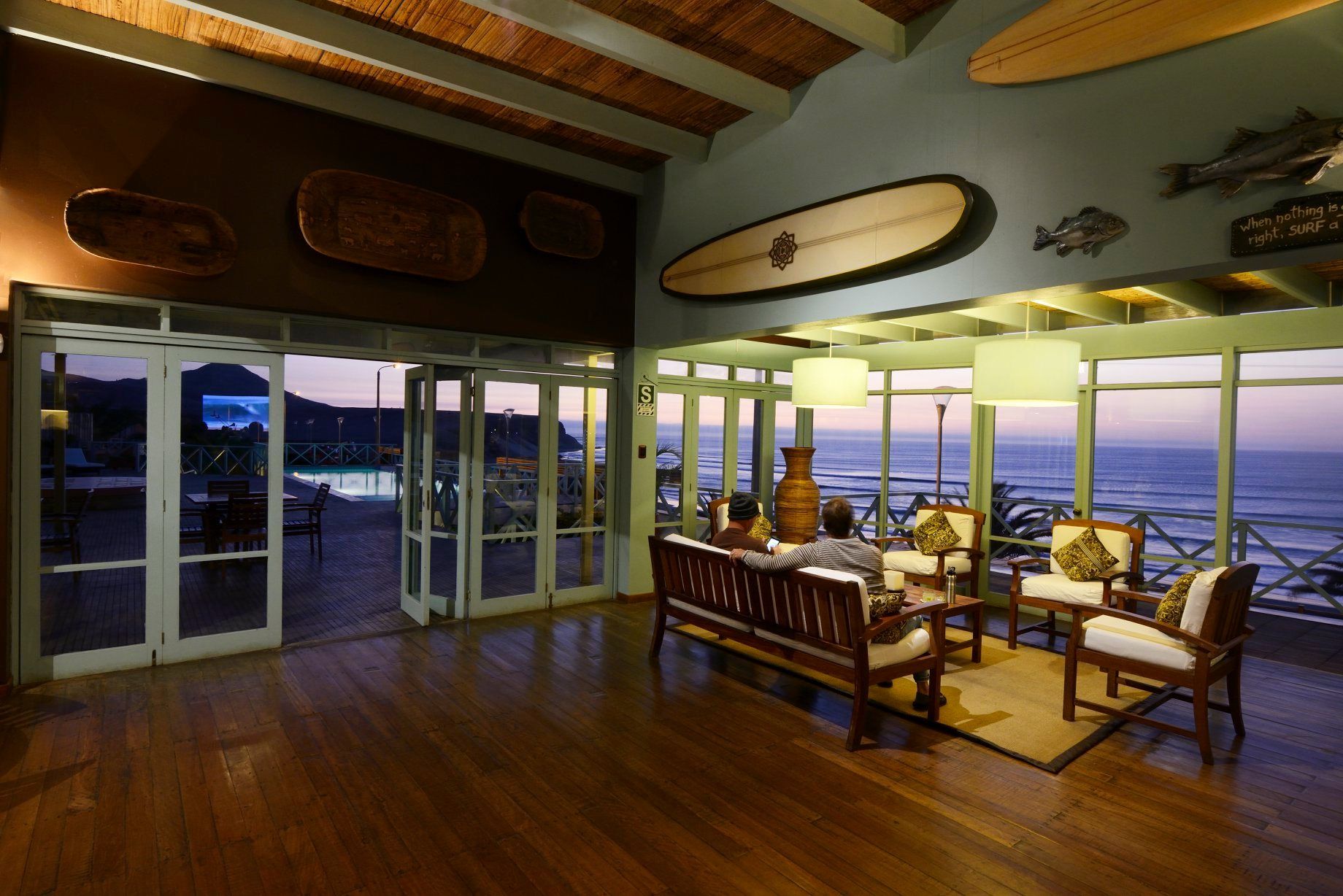
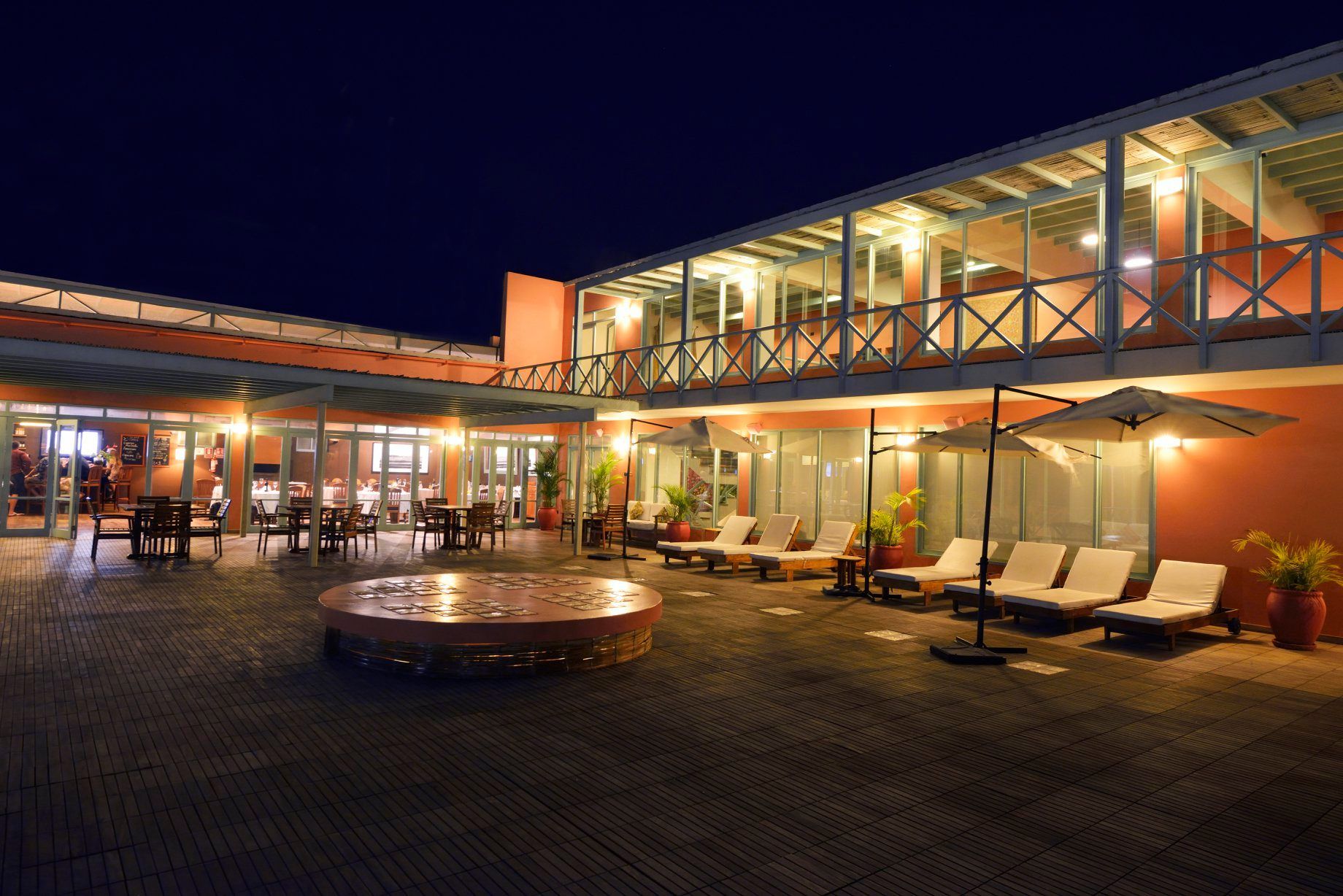
Chicama Hotel. Official Site / Facebook / +51 1 4406040
The proper name for Chicama is Puerto Malabrigo. The actual distance between the furthest take-off point and the fishing jetty where the wave ends is 4000 meters, although to be fair no one has actually ridden it for that distance. Staying in one spot requires treadmill like persistence. On good days most people end up catching different waves on a journey down the point, surfing through a couple well defined breaks: Malpaso, Keys, El Point, and El Hombre. Surfers use the constant current to drift down to the next take-off point. Some avoid the pain by hiring zodiacs. Everyone else fights as long as they can to catch a wave, then they wash up on shore to take a 30-minute walk back to their break of choice.
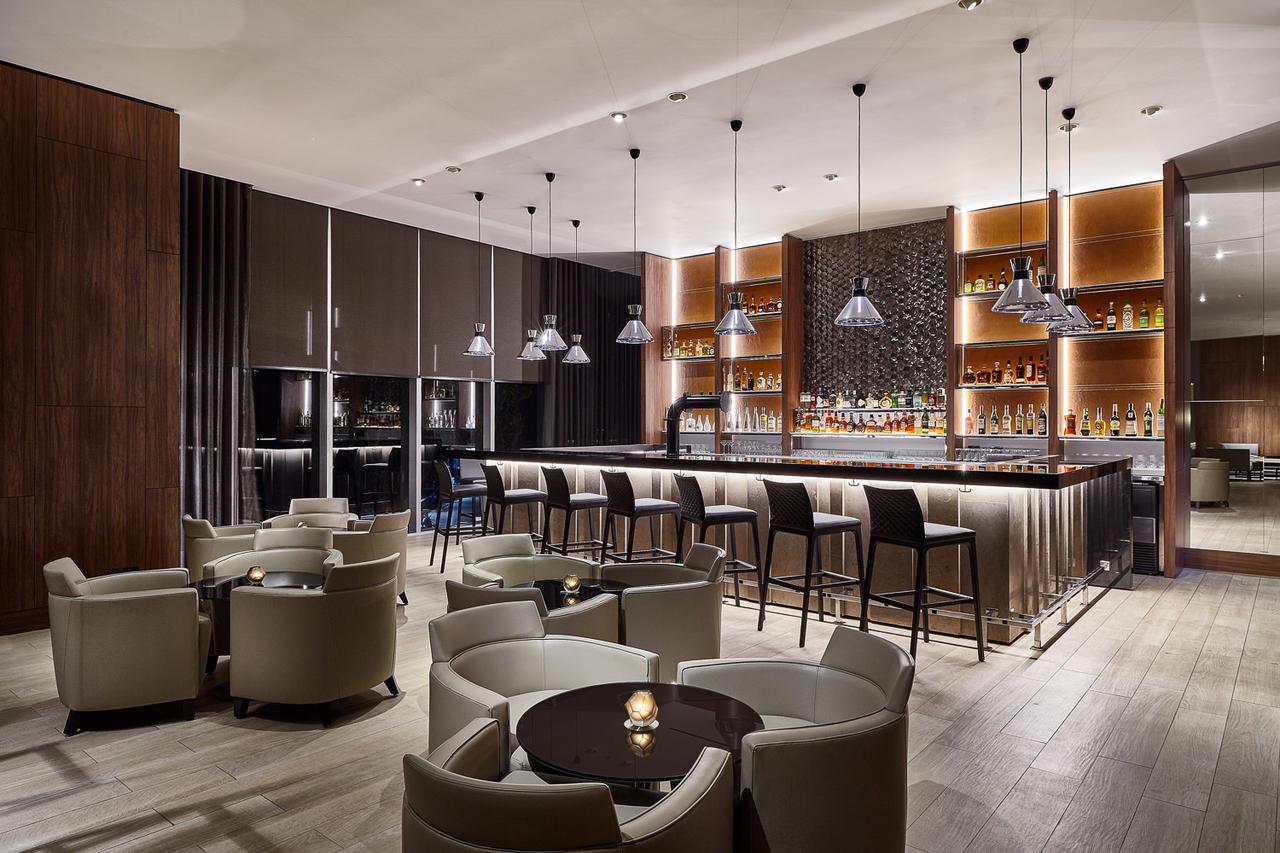
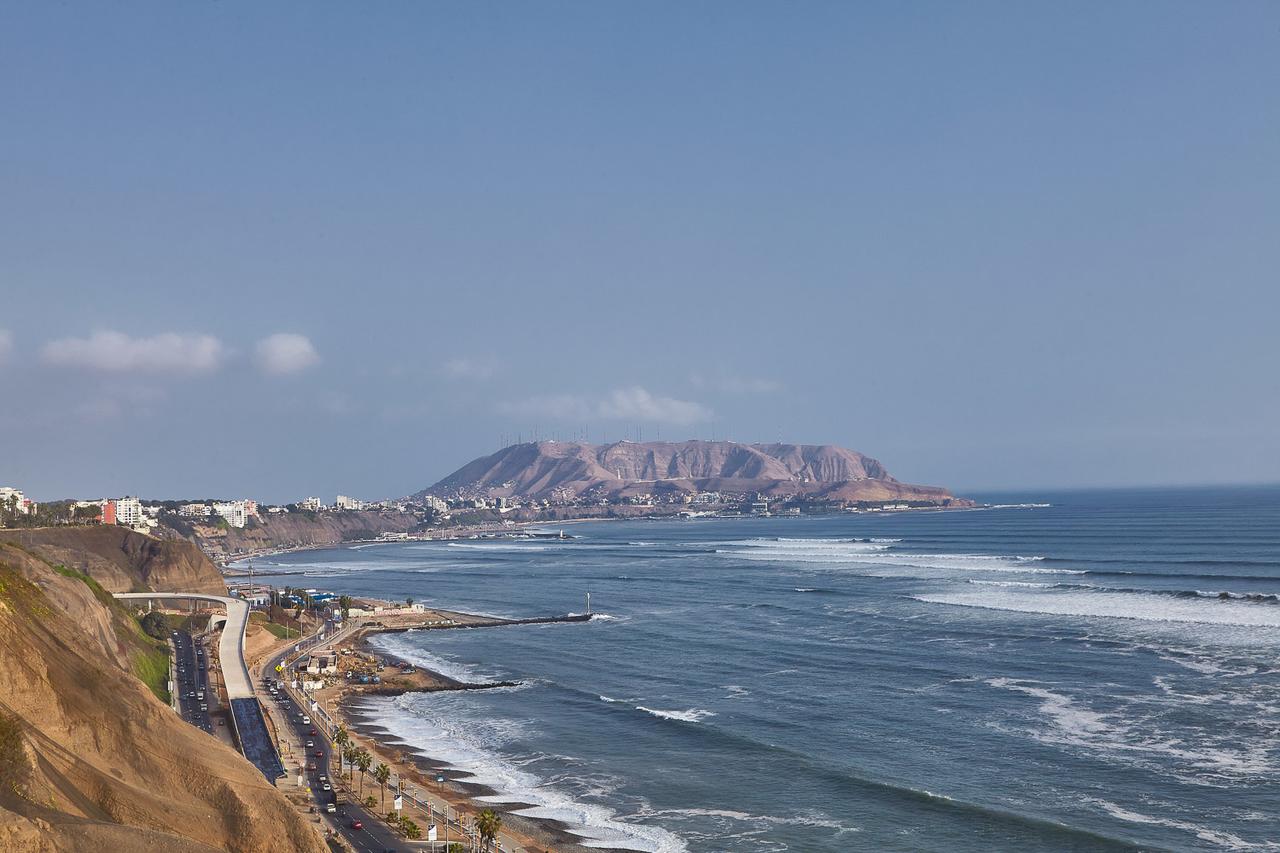
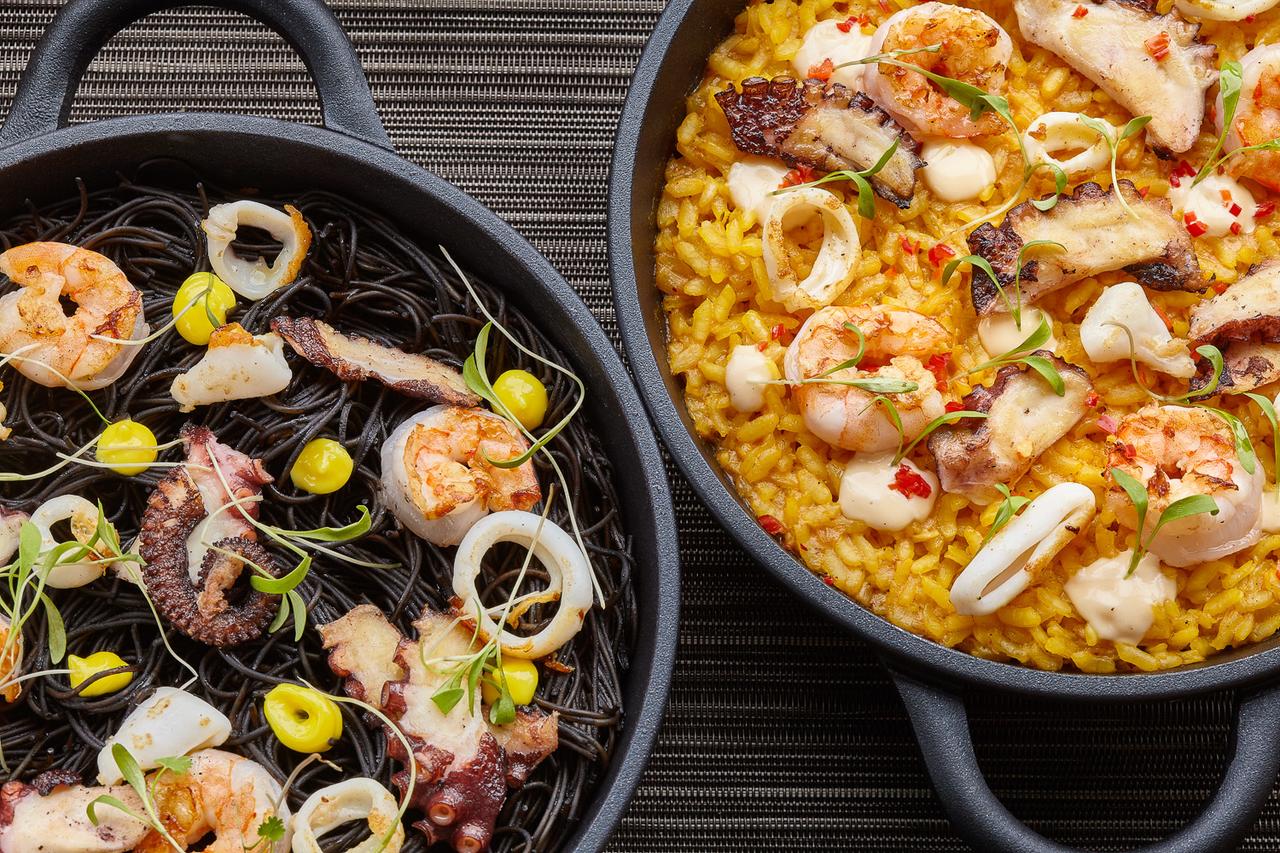
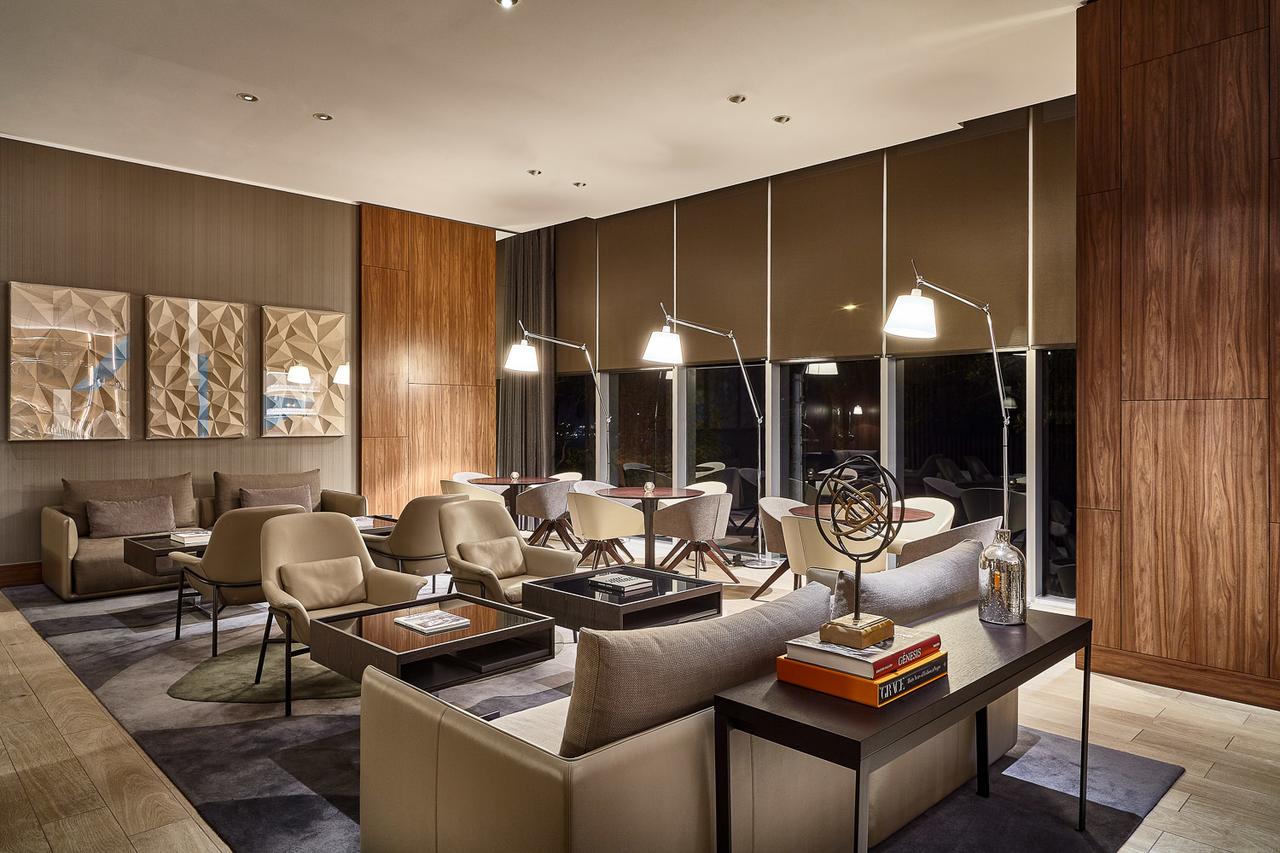
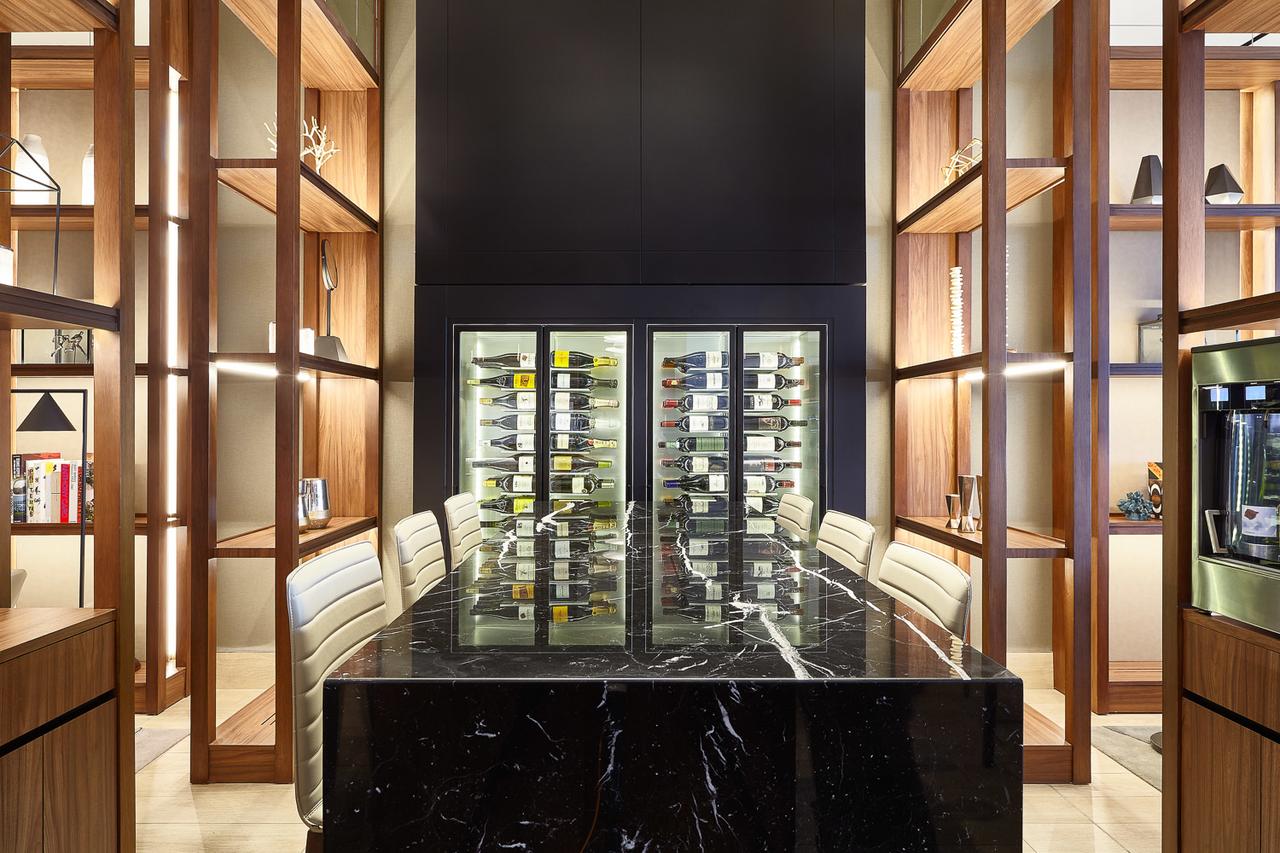
AC Hotel by Marriott Lima Miraflores. A great choice for travellers interested in gourmet food.
It’s a long way from Lima to Chicama. Young dirtbags might want to bus it, older travellers with less time and more money might opt to fly to Trujillo and hire a car from there. Either way, you usually end up spending at least one night in Lima. The area around the airport is pretty sketchy. To avoid it, plan ahead to get a safe ride to a good night's rest before catching a flight to Trujillo.
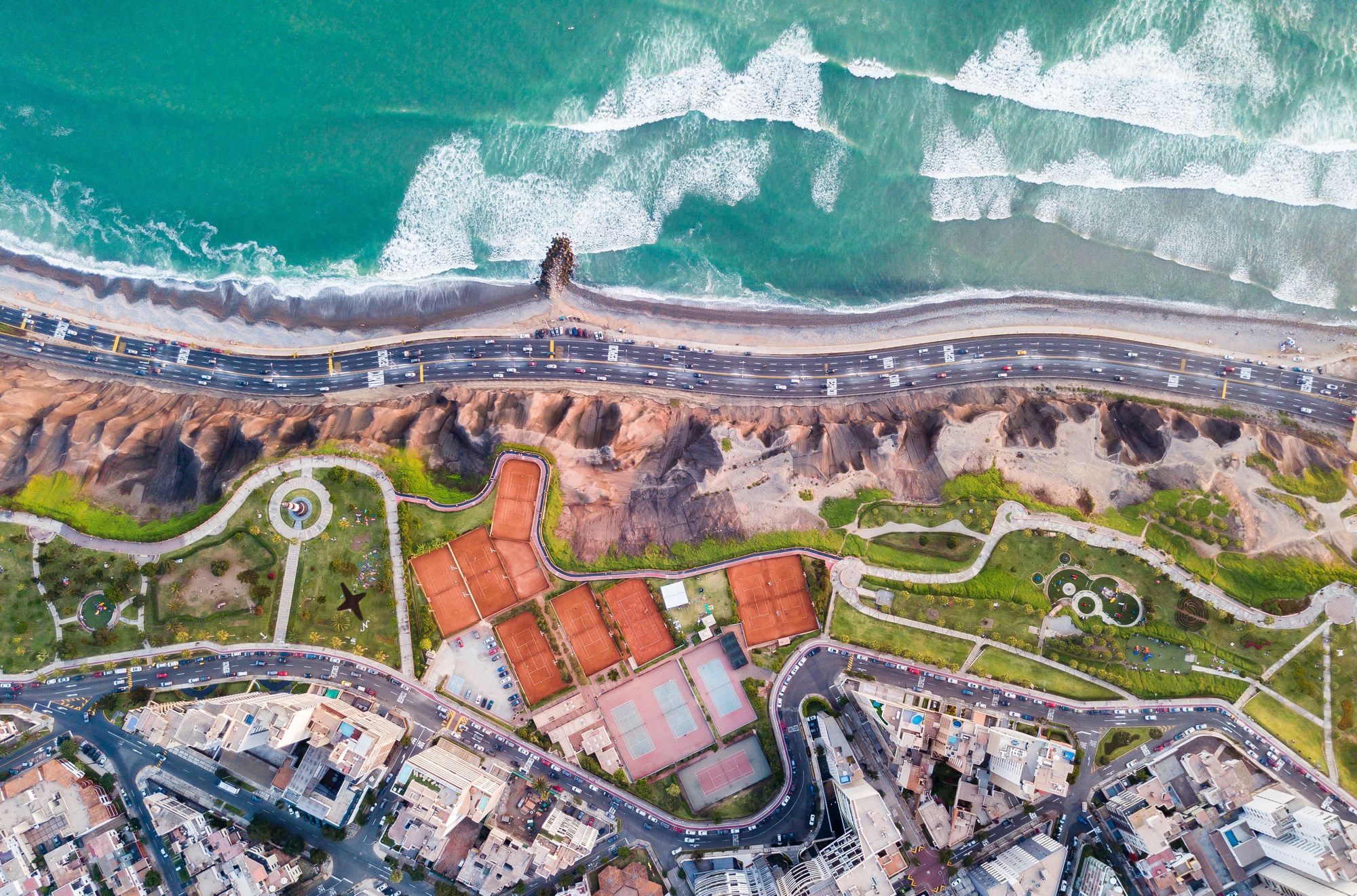
Miraflores, Lima
Get the celebrity treatment with world-class service at AC Hotel by Marriott Lima Miraflores. Rates start at 132€ Booking / Official Site / +51 1 5969480
If you’re an intermediate surfer, you’ll probably be heading straight to Chicama.
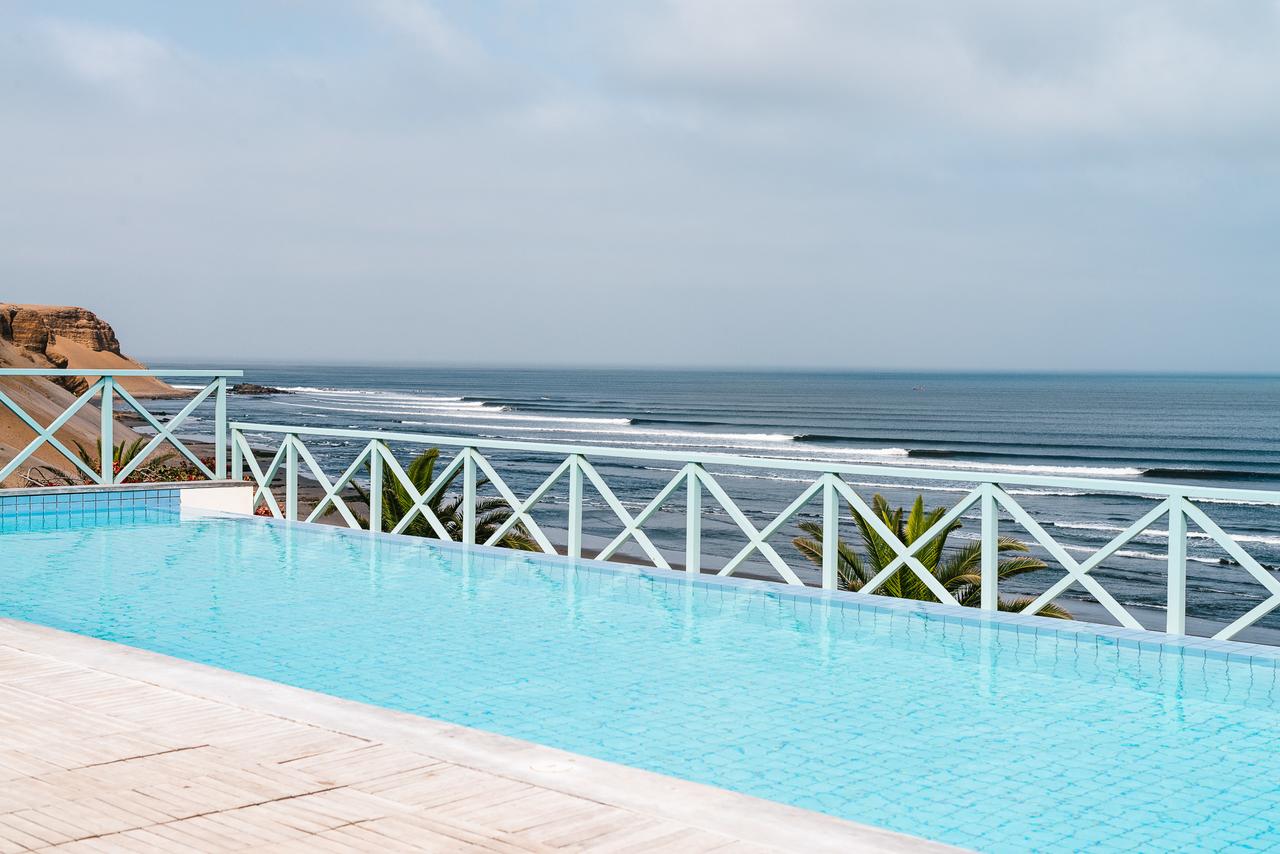
If you want to find the biggest, fastest, and best ones, chase the swell; otherwise, just head to Pacasmayo. Locals make rad little fishing boats called caballito de totora. They’ve used these to break through the waves for about 2,500 years. They claim original surfer status, and they deserve it. Pacasmayo is always bigger than Chicama. It can hold much more size and doesn’t have gaps in between peaks. Many claim it’s a longer wave.
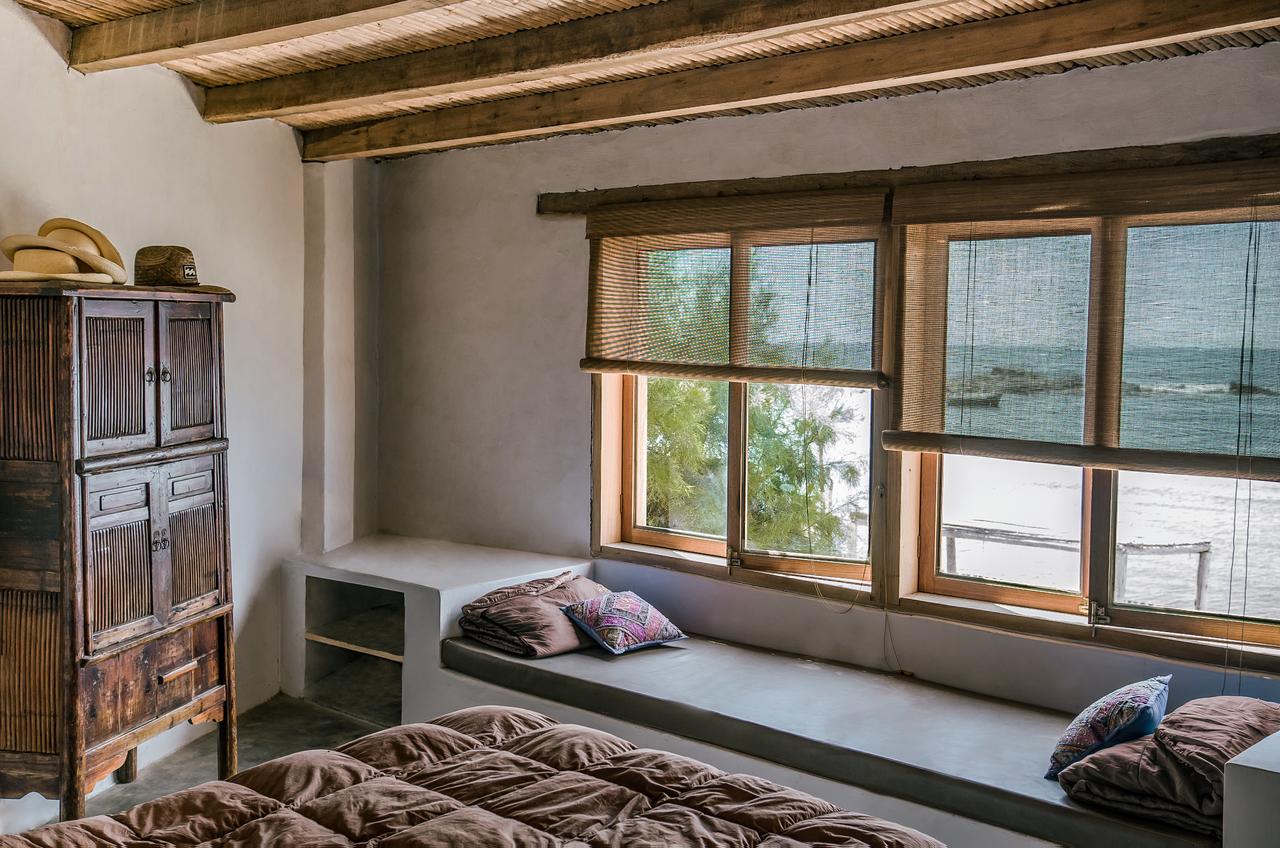
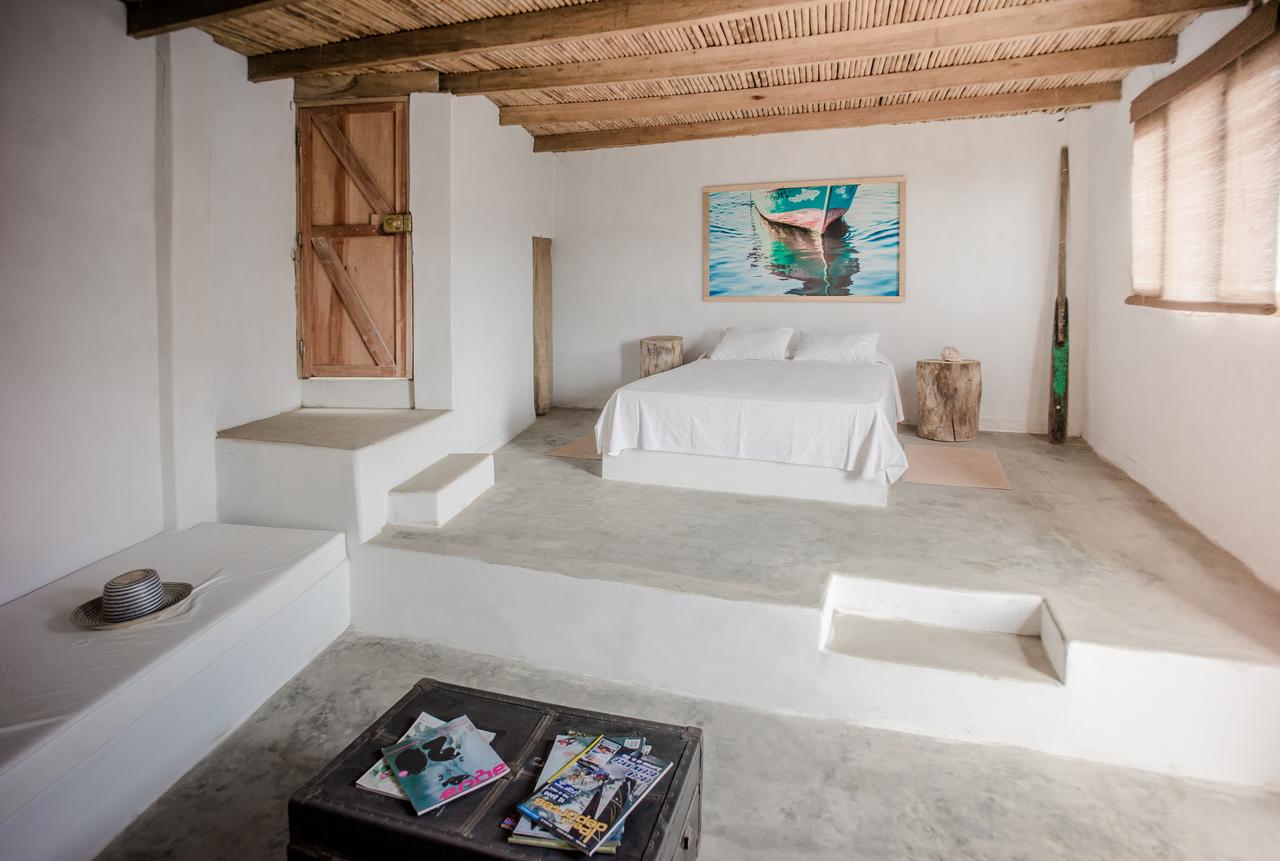
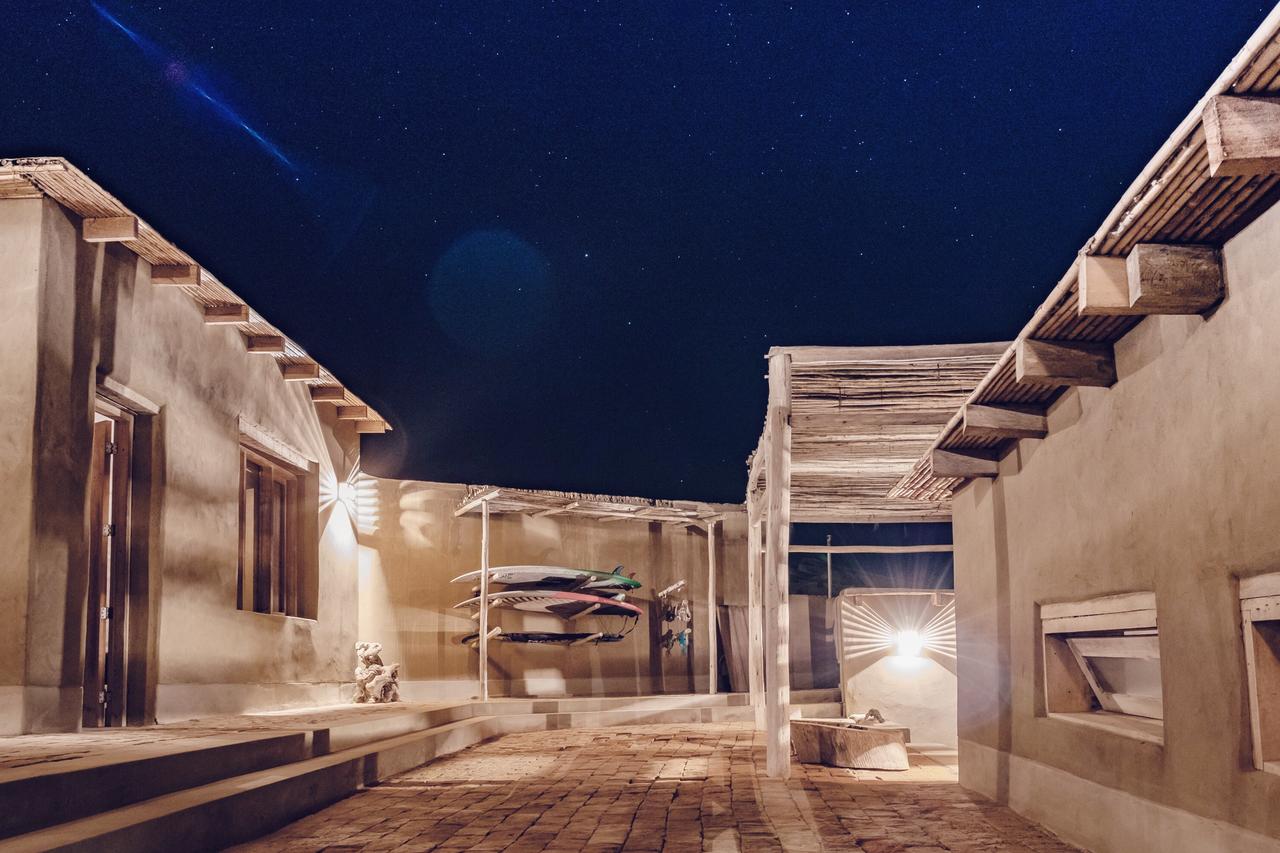
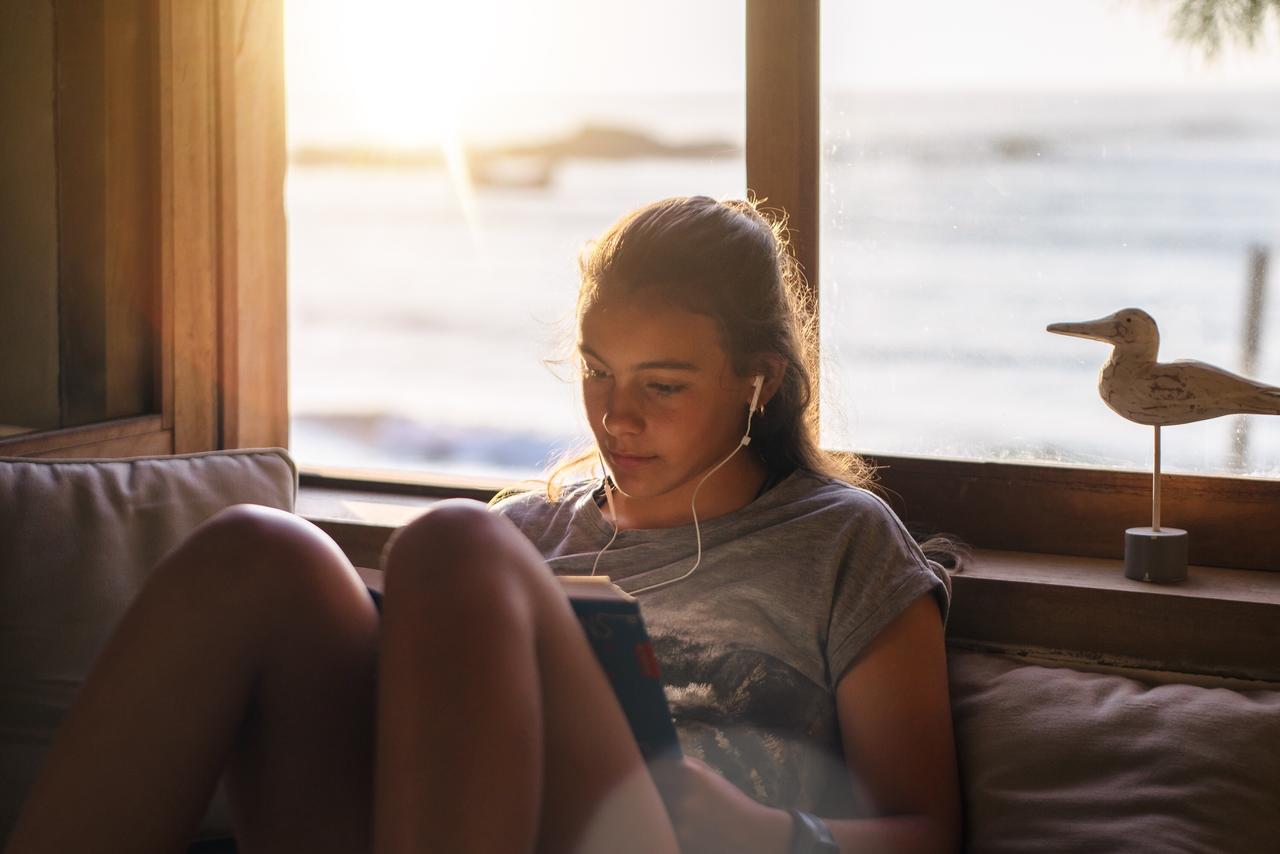
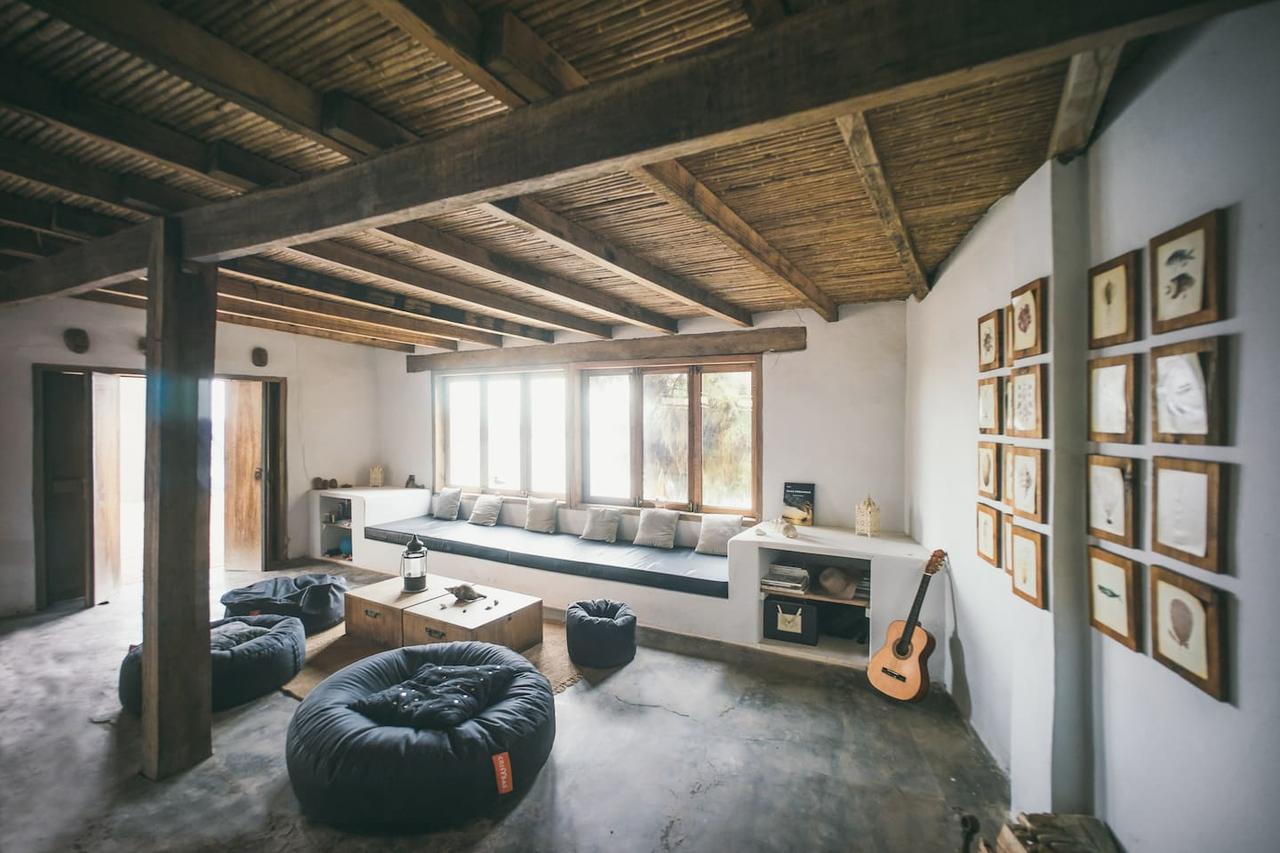
Puemape. La Huaca. Pacasmayo, Peru. Booking
Facing the sea, with a large terrace and a privileged view of the surfpoint. Stairway to the beach. Built in mud, wood and cane. Rustic and cozy design. Airbnb
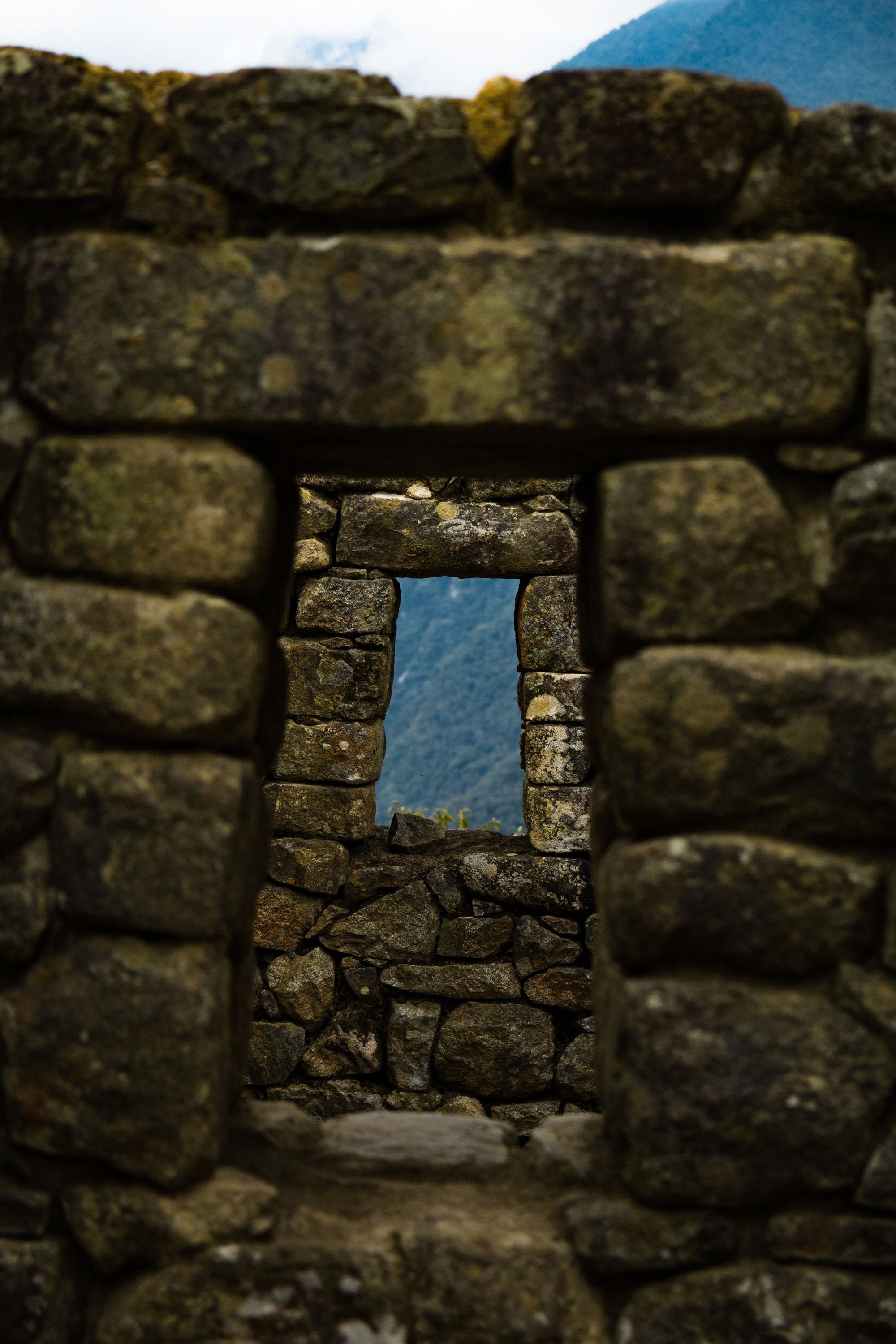

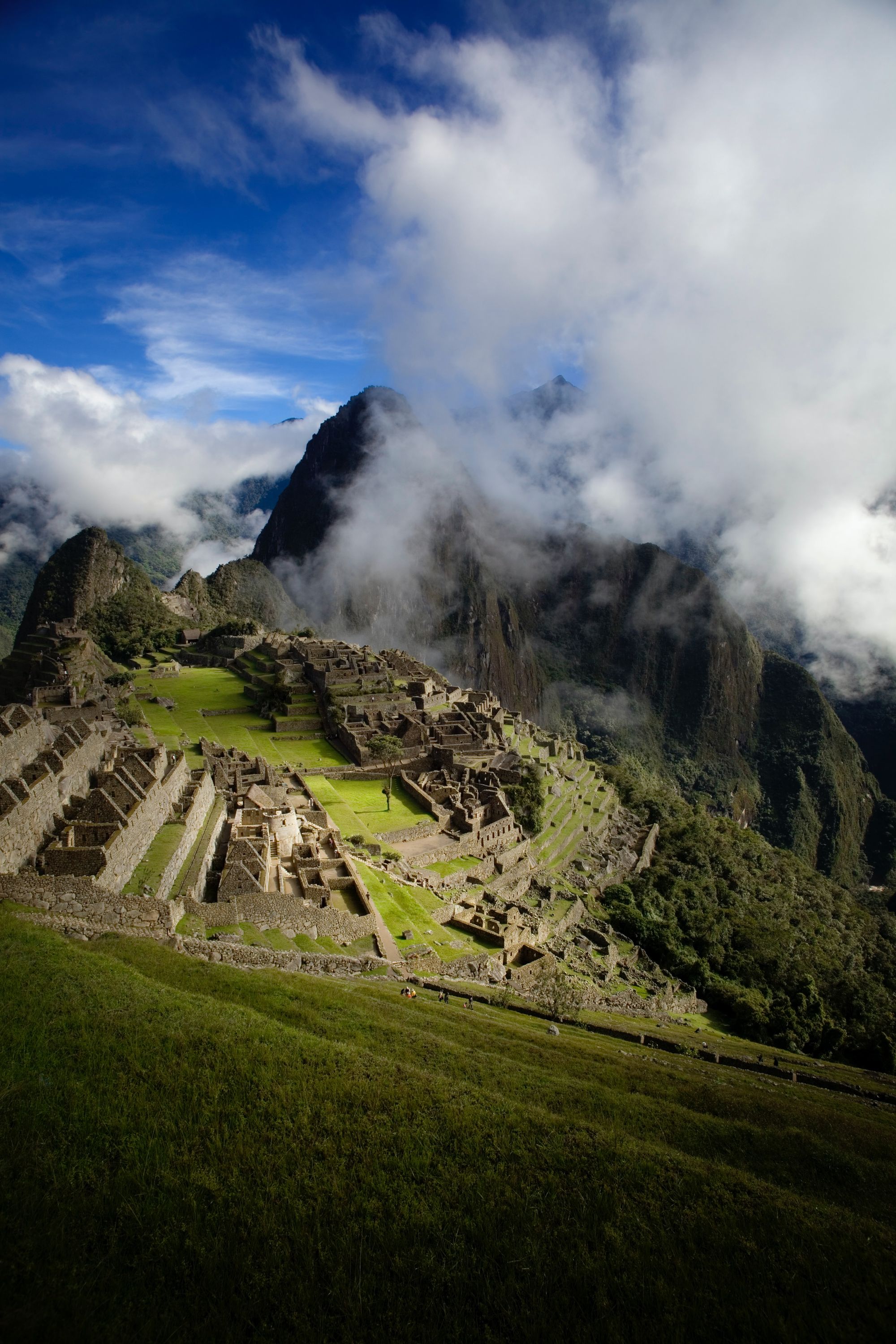
Cover Shot: Machu Picchu is located about 795 miles (1280 km) southeast of the capital city of Lima. Today, a 70-mile (113-kilometer) train ride connects travelers to Machu Picchu from the city of Cusco. By far the fastest way to get to Cusco is by plane. The flights take 1 hour 15 minutes approx. Book Flights at LATAM.
The 15th-century Inca citadel is located in the Eastern Cordillera of southern Peru, on a 2,430-metre mountain ridge. Embedded within a dramatic landscape at the meeting point between the Peruvian Andes and the Amazon Basin, the Historic Sanctuary of Machu Picchu is among the greatest artistic, architectural and land use achievements anywhere and the most tangible legacy of the Inca civilization.
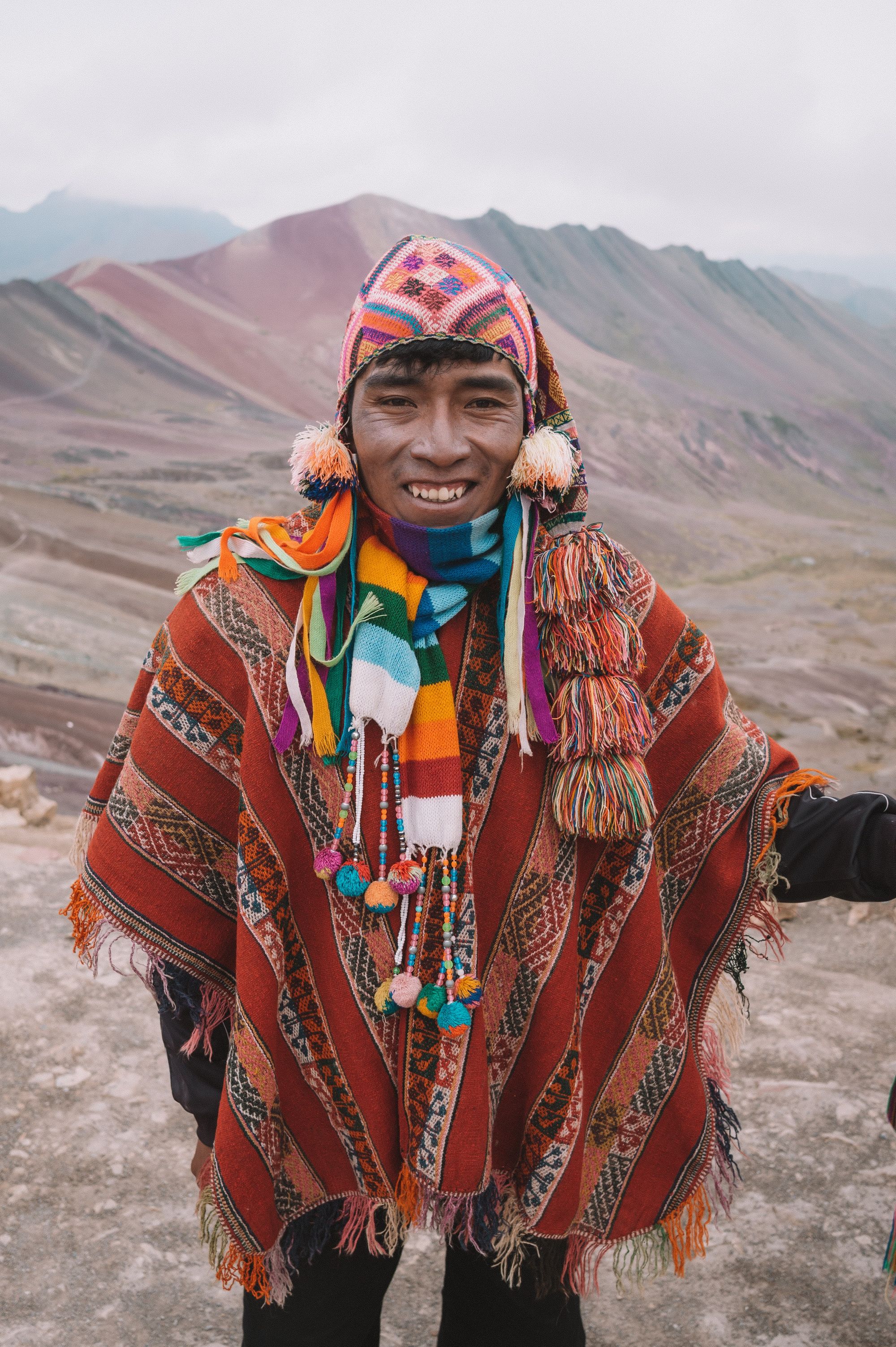
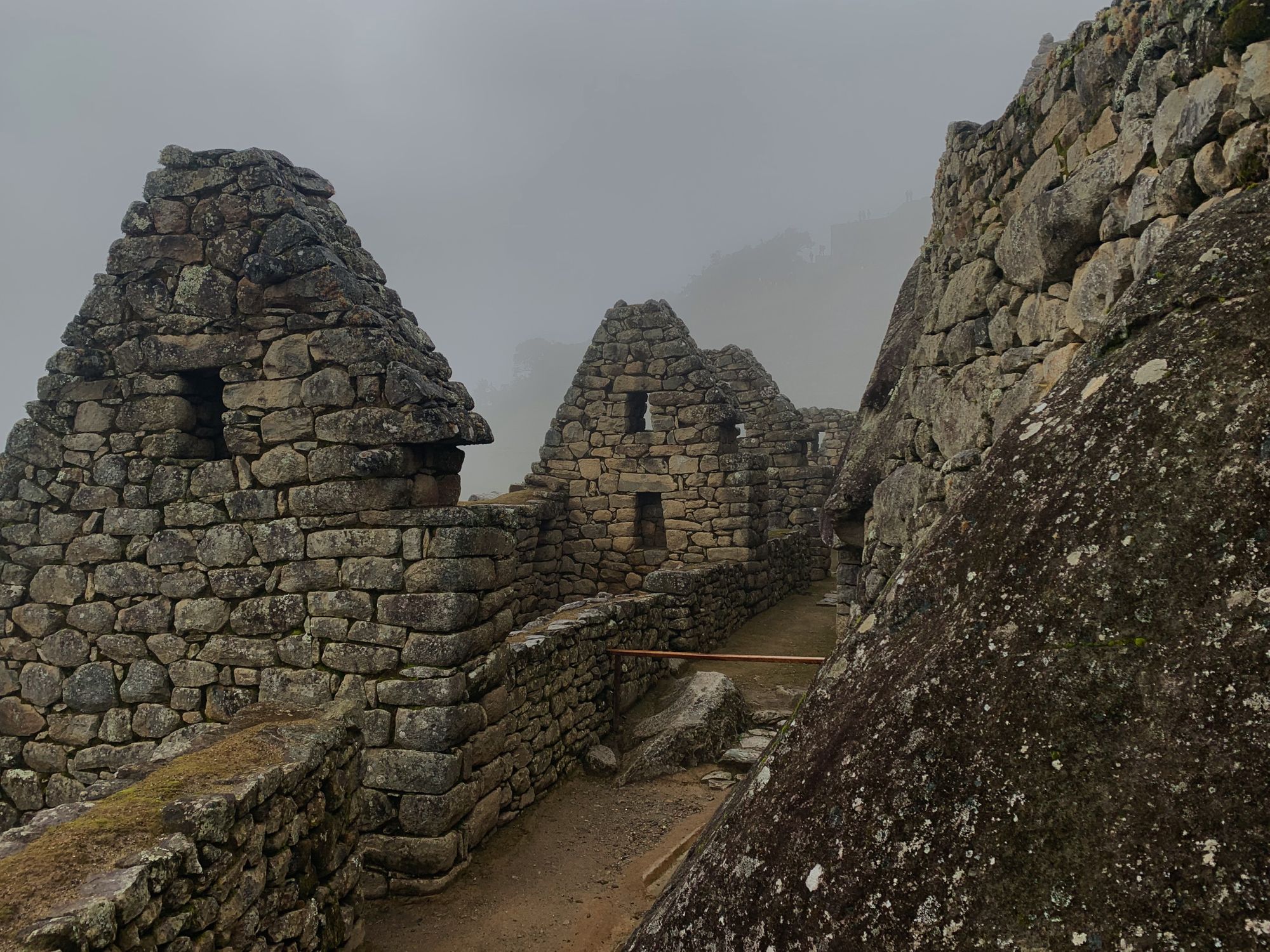

The approximately 200 structures making up this outstanding religious, ceremonial, astronomical and agricultural centre are set on a steep ridge, crisscrossed by stone terraces. Following a rigorous plan, the city is divided into a lower and upper part, separating the farming from residential areas, with a large square between the two. To this day, many of Machu Picchu’s mysteries remain unresolved, including the exact role it may have played in the Incas’ sophisticated understanding of astronomy and domestication of wild plant species.
